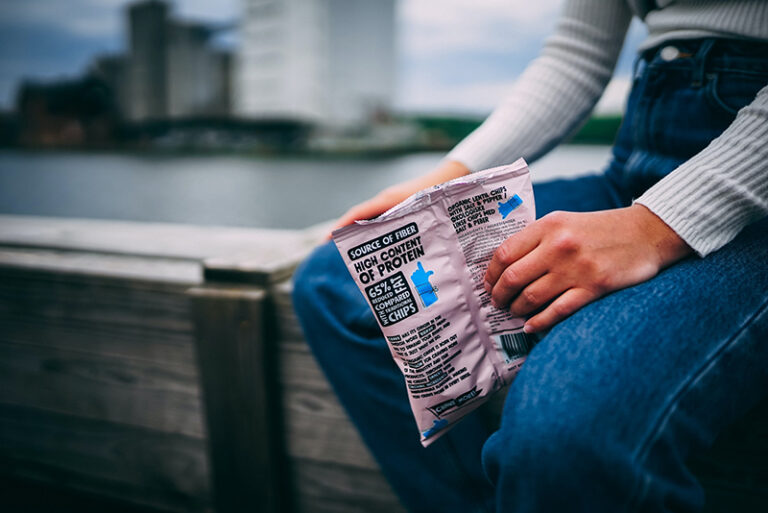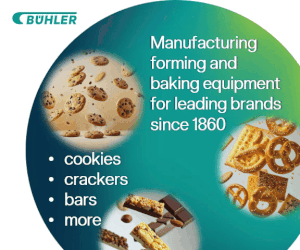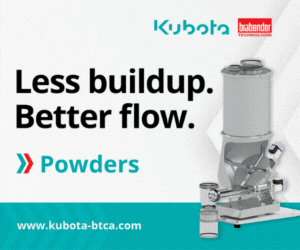WASHINGTON, DC — Data collection and analysis is a critical component for commercial bakeries to successfully navigate the market and get a handle on how their products are performing. But collecting the right data can be challenging, and the analytics can be even more complicated. That leaves many company leaders pushing data to the bottom of the priority list.
“I talk with brands all the time who will say, ‘I’ll look into data analytics down the road,’ but the truth is, your competitors are using it now, and you can’t afford to not have a plan,” said Julie Pryor, CEO of the Emerge Network. “Data can be daunting, and Emerge is focusing this year on aligning insights, trends and data to support members’ growth goals.”
Last month, Emerge hosted a webinar with Robert Berg, founding member of Iridescent Data, where he broke down some of the most important aspects of data collection and analysis.
Many companies are not only intimated by data, but they’re also frustrated by it. That’s because information can serve any number of aspects of the business, from sales and marketing to operations and R&D. The frustration comes when a bakery tries to “stretch” the data to fit into areas it might not belong.
“Sometimes operational data doesn’t fit well into the strategic side,” Berg said. “That becomes frustrating, if you have it aligned to a specific purpose and then you try to stretch it; it won’t necessarily stretch to where you want it to go.”
When analyzing data, it’s important to differentiate concepts such as purchase value and usage value. For example, loyalty refers to the repeat purchase, but it’s also about considering what the consumer gets every time they use a product. The usage oftentimes drives the loyalty.
For baked goods, that could mean the experience or memory a person gets or creates each time they eat the particular food.
“When you win somebody, how do you sustain that?” Berg asked.
That starts by understanding the path the consumer takes to the purchase.
“That allows you to see where the high touch, high value points are,” Berg said.









